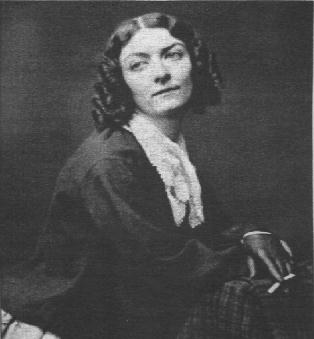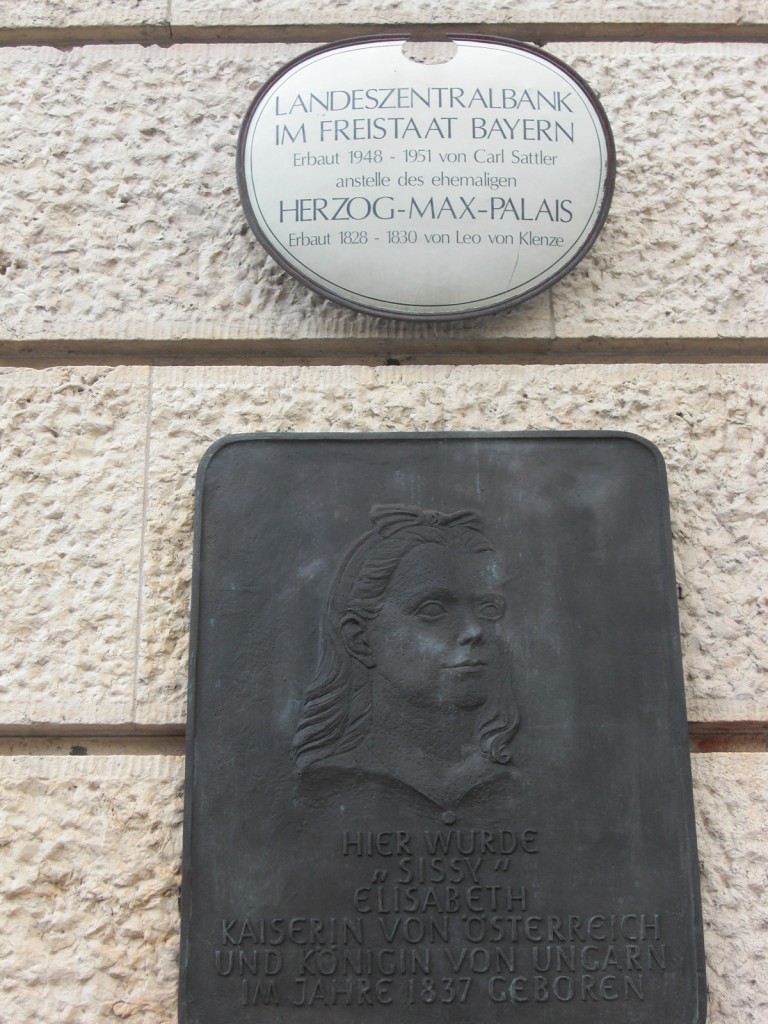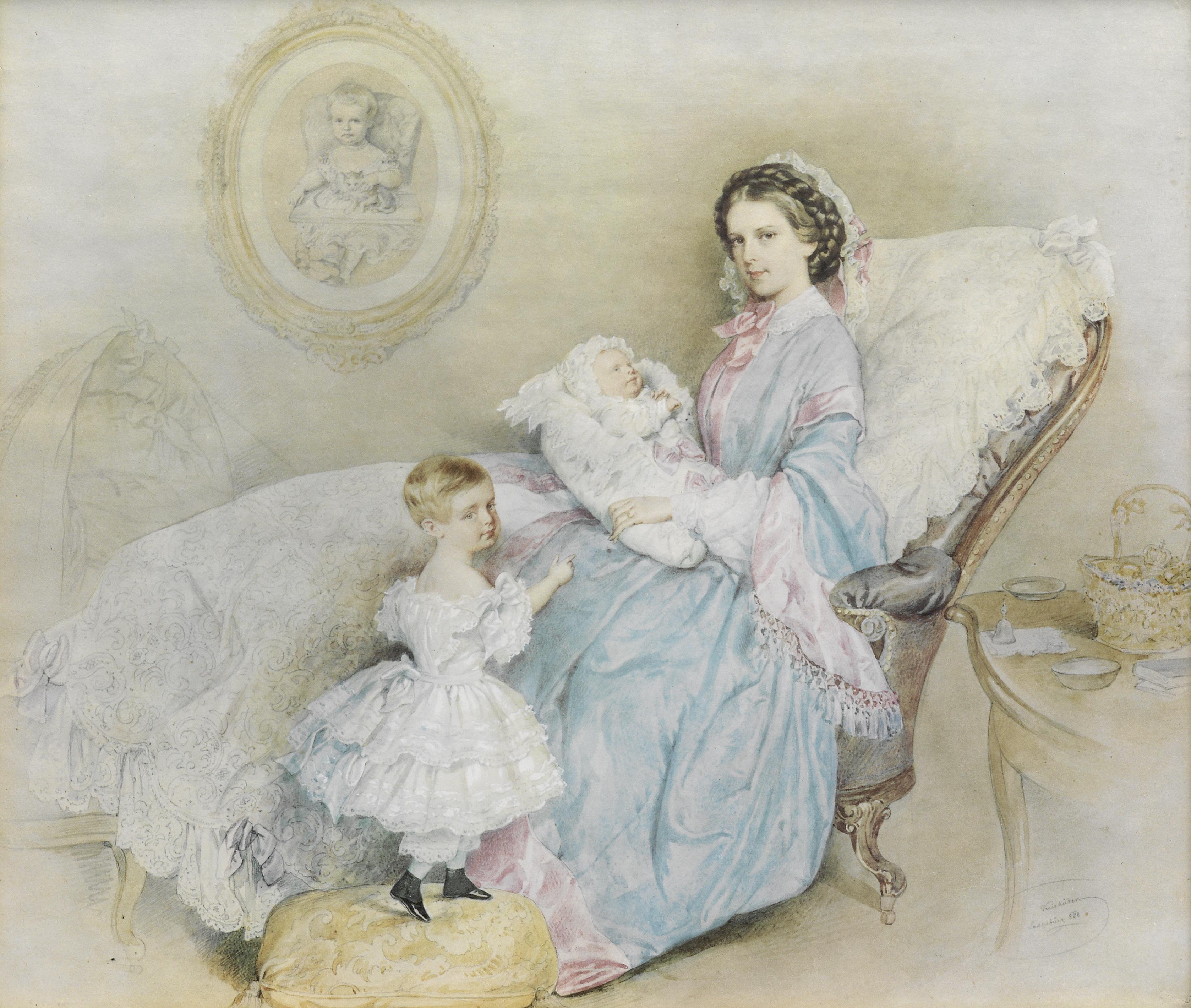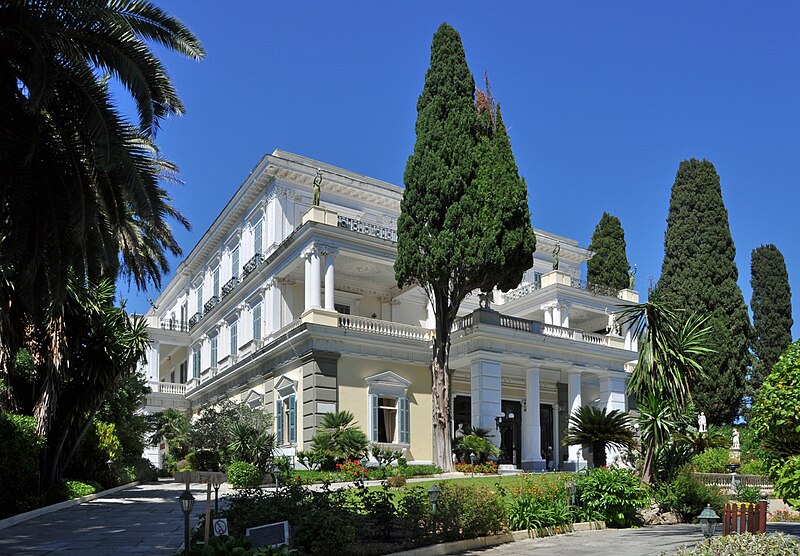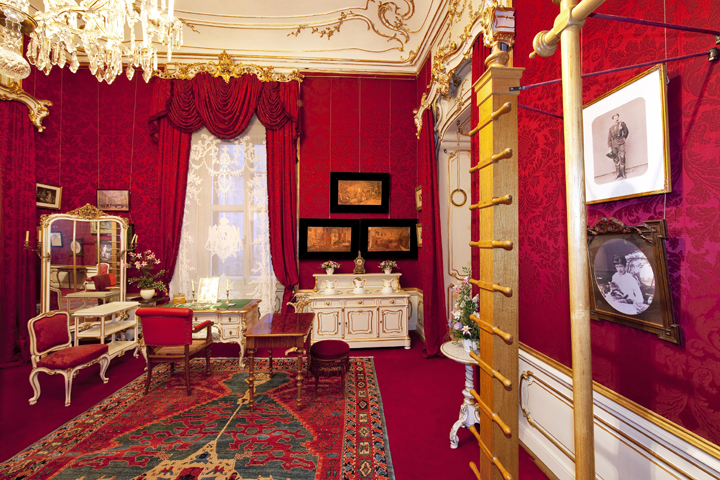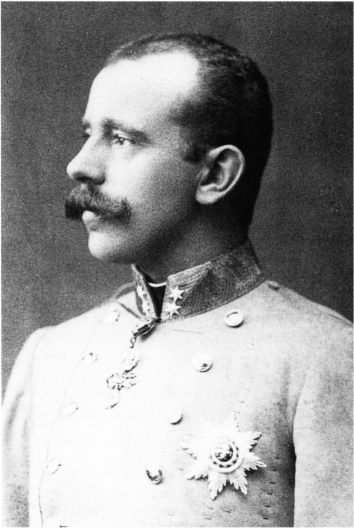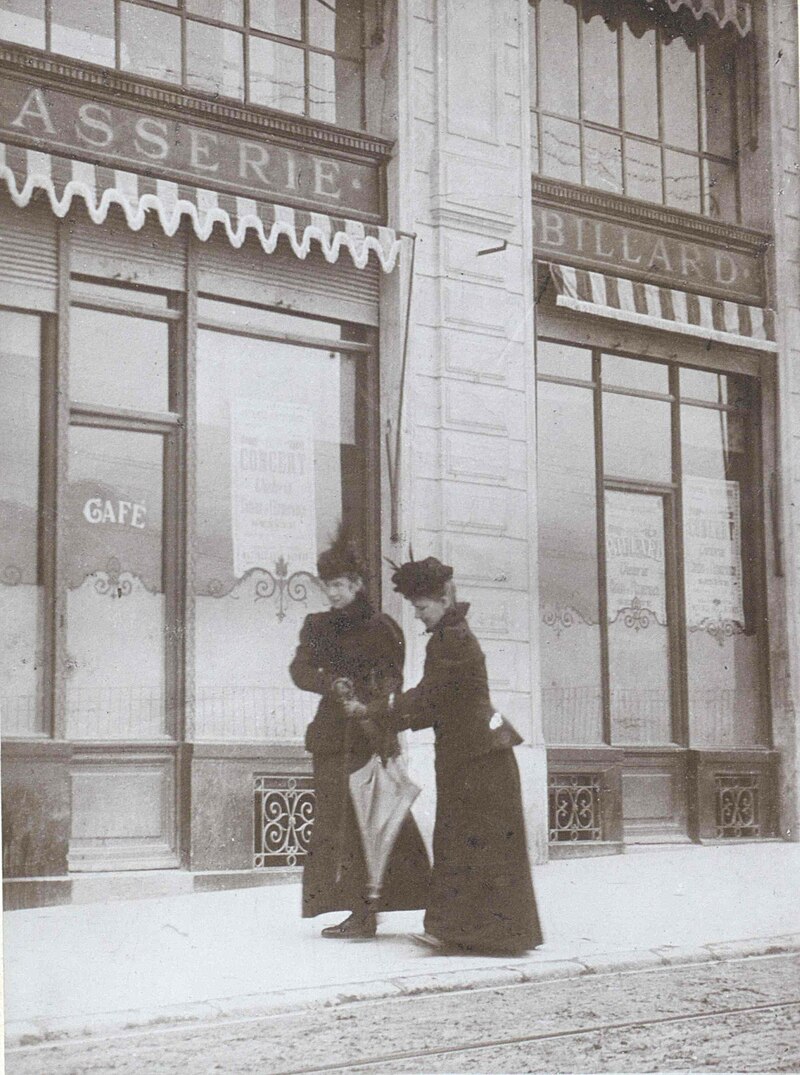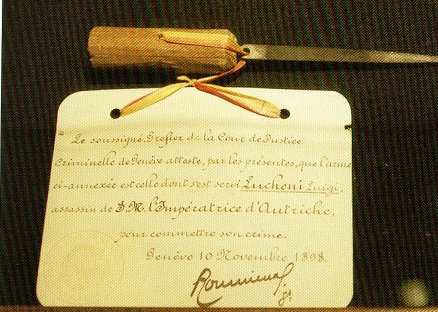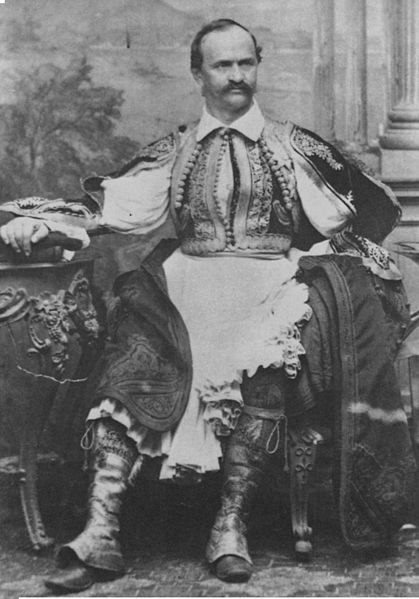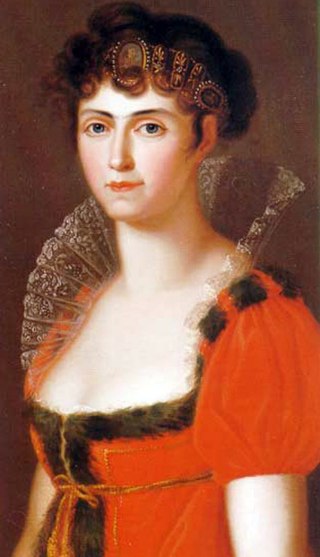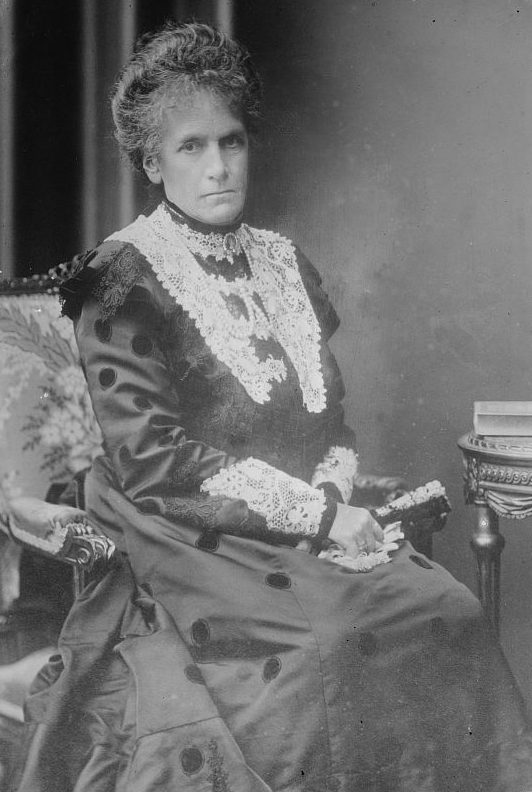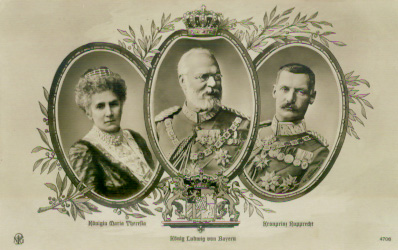by Scott Mehl © Unofficial Royalty 2016
Therese of Saxe-Hildburghausen, Queen of Bavaria; Credit – Wikipedia
Princess Therese Charlotte Luise Friederike Amalie of Saxe-Hildburghausen was the wife of King Ludwig I of Bavaria. She was born on July 8, 1792, at Jagdschloss Seidingstadt, the summer residence of the Dukes of Saxe-Hildburghausen, in Straufhain, Duchy of Saxe-Hildburghausen, now in Thuringia, Germany. Therese was the fifth of the six daughters and the sixth of the eleven children of Friedrich, Duke of Saxe-Hildburghausen (later Duke of Saxe-Altenburg) and Duchess Charlotte Georgine of Mecklenburg-Strelitz.
She was the sixth of eleven children, and her siblings included:
- Prince Joseph (born and died 1786) – died in infancy
- Princess Katharina Charlotte (1787-1847) – married Prince Paul of Württemberg, had issue
- Princess Caroline (1788) – died at birth
- Joseph, Duke of Saxe-Altenburg (1789-1868) – married Duchess Amalie of Württemberg, had issue
- Princess Friederike (born and died 1791) – died in infancy
- Princess Luise (1794-1825) – married Wilhelm, Duke of Nassau, had issue
- Prince Franz Friedrich (1795-1800) – died in childhood
- Georg, Duke of Saxe-Altenburg (1796-1853) – married Duchess Marie Luise of Mecklenburg-Schwerin, had issue
- Prince Friedrich Wilhelm (1801-1870) – unmarried
- Prince Maximilian Karl (born and died1803) – died in infancy
- Prince Eduard Karl (1804-1852) – married (1) Princess Amalie of Hohenzollern-Sigmaringen, had issue; (2) Princess Luise Caroline Reuss of Greiz, had issue
Therese was raised primarily at Schloss Hildburghausen in Hildburghausen, now in the German state of Thuringia, where the family’s finances were often strained. Her mother, who was very intelligent and artistic, brought musicians and artists to the court to teach the children, along with various prominent scholars. Therese proved to be a very good student, mastering several languages at a young age, and excelling in the arts.
In 1809, Therese was included on a list of prospective brides for Napoleon I, Emperor of the French who was looking to marry into one of the old royal houses of Europe. However, the future King Ludwig I of Bavaria would become her husband. Ludwig was the son of King Maximilian I Joseph of Bavaria and Princess Augusta Wilhelmine of Hesse-Darmstadt. The couple met in December 1809 when Ludwig visited Hildburghausen and became engaged on February 12, 1810. After prolonged negotiations, primarily due to Therese’s unwillingness to convert to Catholicism, she and her family traveled to Munich, Kingdom of Bavaria, now in the German state of Bavaria, for the marriage.
Therese and Ludwig married on October 12, 1810, and celebrations were held for several days following at the Theresienwiese in Munich, a large outdoor space named in her honor. Theresienwiese is the site of Oktoberfest, held each year to commemorate the wedding.
Ludwig and Therese had nine children:
- King Maximilian II (1811-1864) – married Princess Marie of Prussia, had issue
- Princess Mathilde Caroline (1813-1862) – married Ludwig III, Grand Duke of Hesse and by Rhine, no issue
- Prince Otto, later King Otto I of Greece (1815-1867) – married Duchess Amalie of Oldenburg, no issue
- Princess Theodelinde (1816-1817) – died in infancy
- Luitpold, Prince Regent of Bavaria (1821-1912) – married Archduchess Auguste of Austria, had issue
- Princess Adelgunde (1823 -1914) – married Francesco V, Duke of Modena, had issue
- Princess Hildegard (1825-1864) – married Archduke Albert of Austria, had issue
- Princess Alexandra (1826-1875) – unmarried
- Prince Adalbert (1828-1875) – married Infanta Amelia Philippina of Spain, had issue

Queen Therese, painting by Joseph Stieler, 1825. source: Wikipedia
Seemingly always pregnant, Therese still managed to participate in charitable events and organizations. While living in Salzburg, she organized meals for the poor and was the patron of the Salzburg Women’s Association. In October 1825, Ludwig and Therese became King and Queen of Bavaria following the death of King Maximilian I Joseph. Therese soon began a more public role, devoting much of her time to assisting the poor, widows, orphans, and the sick. She became the patron of several organizations, including the Women’s Association for Infant Care Institutions. In 1827, she established The Order of Therese which still exists to this day.

Queen Therese with her family, c1830. source: Wikipedia
Queen Therese maintained a great interest in state affairs and was very aware of the politics of the day. She often deputized for the King while he was out of the country, and kept him fully informed of what was happening at home. Sadly, however, her marriage was not always a very happy one. King Ludwig had a constant stream of mistresses, few of which were kept very private. Therese often left the country in defiance of her husband’s actions and received much sympathy and support from the Bavarian people. When Ludwig’s relationship with Lola Montez began in 1846, Queen Therese refused to back down. She publicly chastised the King and refused his request to grant Montez the Order of Therese.

Queen Therese, painting by Julie von Egloffstein, c1836. source: Wikipedia
In March 1848, King Ludwig I abdicated because he refused to reign as a constitutional monarch, and lost the support of his family and government ministers. Queen Therese enjoyed a more private life with her growing family. She died on October 26, 1854, in Munich, Kingdom of Bavaria, now in the German state of Bavaria, and was initially buried in the royal crypt at the Theatinerkirche in Munich. Three years later, her husband had her remains moved to St. Boniface’s Abbey in Munich, where he was also buried after his death in 1868. As she was not Catholic, her heart was not interred at the Chapel of Grace in Altötting, Bavaria, Germany with the other Bavarian Kings and their consorts. Instead, it is interred at St. Boniface’s Abbey.
This article is the intellectual property of Unofficial Royalty and is NOT TO BE COPIED, EDITED, OR POSTED IN ANY FORM ON ANOTHER WEBSITE under any circumstances. It is permissible to use a link that directs to Unofficial Royalty.
Bavaria Resources at Unofficial Royalty


